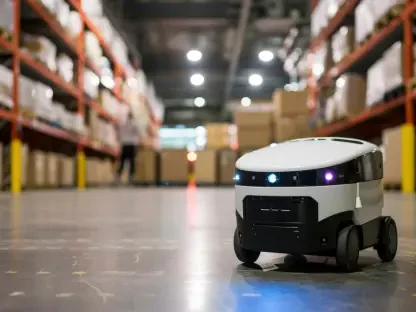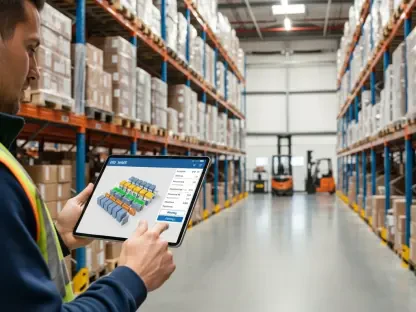Today, we’re thrilled to sit down with Rohit Laila, a veteran in the logistics industry with decades of experience in supply chain and delivery systems. Rohit’s expertise extends to the intersection of technology and innovation in transit infrastructure, making him the perfect person to discuss the recent completion of a transformative project at one of America’s busiest subway stations. In this conversation, we’ll explore the intricacies of a major urban transit upgrade, from infrastructure enhancements and accessibility improvements to funding strategies and the impact on daily commuters.
Can you walk us through the overarching vision of the Grand Central-42 St Circulation Improvement Project and what it aimed to achieve for commuters?
Absolutely. The Grand Central-42 St Circulation Improvement Project was a massive undertaking that kicked off in 2020 with a clear mission to enhance the experience for the station’s 400,000 daily riders. Over the span of five years, the project focused on improving passenger flow and accessibility at this critical hub. It was about tackling congestion, upgrading outdated infrastructure, and ensuring that the station could handle the demands of a modern, bustling city while making it more inclusive for all users.
What were some of the standout infrastructure upgrades made during this project?
There were several key improvements that really transformed the station. We saw the addition of 14 new staircases and 10 new escalators, while 24 existing staircases were widened to ease movement. The mezzanine floor space was expanded by 20%, giving passengers more room to navigate, which is a huge relief during peak hours. On top of that, a new street-to-mezzanine elevator was installed, another was replaced, and three elevators connecting to various platforms were upgraded to improve accessibility across the board.
How did funding come together for such an extensive project, and what was the federal government’s role in it?
Funding was a critical piece of the puzzle. The Federal Transit Administration played a significant role by providing $94.1 million specifically for replacing eight escalators and an additional $8.7 million for a hydraulic elevator replacement. This federal support was instrumental in covering major equipment costs. Beyond that, the project drew from various other sources, including state and local contributions, to ensure we had the resources needed to complete the work without financial strain.
It’s impressive that the project came in $46.5 million under budget. Can you share how that was achieved?
Staying under budget by such a significant margin was a result of strategic planning and tight management. We bundled multiple smaller projects into a single, aggressively managed package, which allowed for better cost control and efficiency. By streamlining procurement and minimizing delays, we avoided unnecessary expenses. Of course, there were challenges—like navigating construction in a live, high-traffic environment—but proactive coordination and problem-solving kept us on track and ahead of financial projections.
Let’s talk about the new fare control areas. How have they changed the way passengers move through the station?
The fare control areas were a game-changer. We installed 30 new turnstiles, bringing the total to 92, which is a 52% increase from where we started in 2020. This expansion has significantly improved foot traffic circulation, especially during rush hours. It’s reduced bottlenecks at entry and exit points, making the whole process smoother and less stressful for riders while also enhancing overall transit accessibility.
Can you tell us more about the new passageway and platform connections that were introduced?
Certainly. One of the highlights was opening a new passageway in February 2025, connecting Grand Central Terminal directly to the line platform. This has made transfers much easier. Additionally, we built a new staircase to the Flushing Line platform and widened the existing staircases by 25% in the Lexington Passageway area. These changes have noticeably improved customer flow, especially for those navigating between different lines or heading to street level.
The new Customer Service Center seems like a big win for riders. What can you tell us about its impact?
The Customer Service Center, which opened in September 2025, has been a fantastic addition. It’s staffed 24/7 by transit agents, meaning there’s always someone available to assist with questions, directions, or issues—day or night. This constant presence has really elevated the rider experience, providing a reliable point of contact for help and reinforcing a sense of support in such a busy environment.
Looking ahead, what is your forecast for the future of urban transit upgrades in major cities like this one?
I think we’re on the cusp of a transformative era for urban transit. With growing populations and increasing demand for sustainable transport, I foresee a wave of projects focused on smart technology integration—think real-time data for crowd management and seamless ticketing systems. Accessibility will continue to be a priority, as will funding models that blend public and private investment. Stations like Grand Central-42 St are setting a benchmark, and I expect other cities to follow suit with ambitious, rider-centric upgrades over the next decade.









